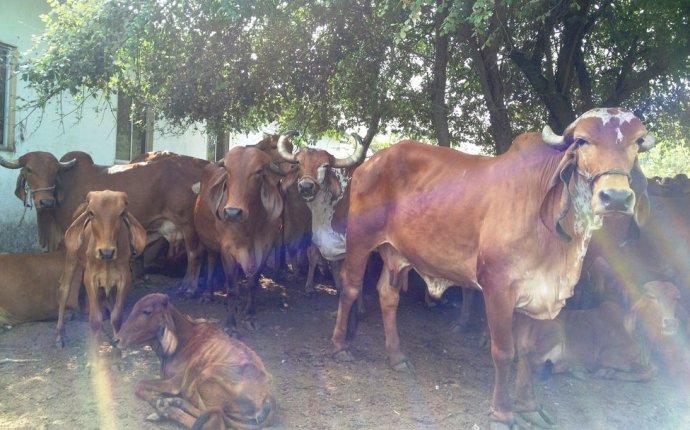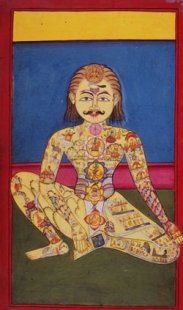
Ayurveda Urine Therapy
 We are in a very magical era: all around us, in many ways, we are witnessing the connection between the East and the West, the ancient and the modern, spirituality and science. Modern scientific research is linking its most recent discoveries in the field of quantum physics and vibrational healing methods with ancient spiritual ideas. We are so truly fortunate to be living in such an exciting time, and watch in awe, this process of life unfolding before our very eyes.
We are in a very magical era: all around us, in many ways, we are witnessing the connection between the East and the West, the ancient and the modern, spirituality and science. Modern scientific research is linking its most recent discoveries in the field of quantum physics and vibrational healing methods with ancient spiritual ideas. We are so truly fortunate to be living in such an exciting time, and watch in awe, this process of life unfolding before our very eyes.
One such powerful practice for healing that continues to flourish today is Shivambu Shastra, respected for thousands of years as the “Mother of Ayurvedic Medicine” or Amaroli (Amara in Sanskrit means immortal) in Yoga and commonly known as “Self Urine Therapy”. Shivambu literally means “Water of Shiva”, referring to the auspiciousness of the practice. Its “method of drinking urine for rejuvenation” is outlined in the Shivambu Kalpa Vidhi, part of a 5000-year-old document called the Damar Tantra, linking this practice back to the Vedas, the sacred Hindu texts, and to the practice of Tantra. Tantra is a Sanskrit term which includes the roots Tanoti (expansion) and Trayati (liberation); referring to the path that expands the mind or consciousness and liberates one from the cycle of birth and death.
Tantra assigns the highest priority to women and to the worship of the Goddess. In this light, it is wrong to promote Shivambu as a medicine or a magic panacea for all ailments. It is first and foremost a spiritual practice. Ancient Tantrics used it to unleash the feminine Kundalini Shakti at the base of the spine through the Sushuma (the spinal column) to join her male principle Shiva at the top of the spine. When awakened, it liberates a lot of energy that leads to the expansion of consciousness and leads to Mukti, or liberation from the bondage of pain and suffering.
The sacred text, the Shri Damar Tantra Shivambu Kalpa Vidhi is defined as such: Damar means “control of the body and sense”, Tantra means “expansion of consciousness”, Kalpa means “vitalise or regenerate” and Vidhi means “process or technique”. Its first verse captures Shiva talking to his companion:
“O Parvati! Those who practice this method can enjoy the fruits of their meditation and penance”. It is worth noting that it does not mention the enjoyment of good health and the absence of disease. It speaks instead of meditation and penance, and for a reason. It is warned that stimulation of the Kundalini Shakti together with Vajroli practices (sex control) are fraught with danger. They are said to be like a fire that burns indiscriminately. The point of the practice is to melt the ego and all its related patterns rooted in ignorance. Some yogis were reported, however, to live for 150 years, free from disease and gifted with miraculous powers. But what is not commonly mentioned is that the misuse of those powers was seriously regarded and owned by the teacher who had imparted that knowledge to the pupil. So traditionally, initiation was taken under the supervision of an experienced yoga teacher and the pupil had to undergo a 7 year fixed probation period in order to determine his credibility and sensibility.
There is something esoteric about urine. As a by-product of the blood, it contains “life-force” or prana and thus is considered to be a super-natural living food. When taken, it “awakens the healer within” who works both on a mechanistic level as well as on an energetic level. That is urine has the ability to affect all levels of being; from the physical, to the emotional, to the mental and to the subtler vibrations of the soul. This deep purification is how Indian yogis used this technique to unleash the Kundalini Shakti through the chakras, up to their third eye and fostered a more intimate relationship between their self and their Higher Self. Any health benefits or sense of rejuvenation that was derived from the energy released by awakening Kundalini Shakti are thus consequential to the main goal of self-realisation. Following Tantric traditions, the practice was often combined with mantras, minerals, herbs and spices, massage and asana practices, all to assist the detoxification process and influence the vibrations of the body.














